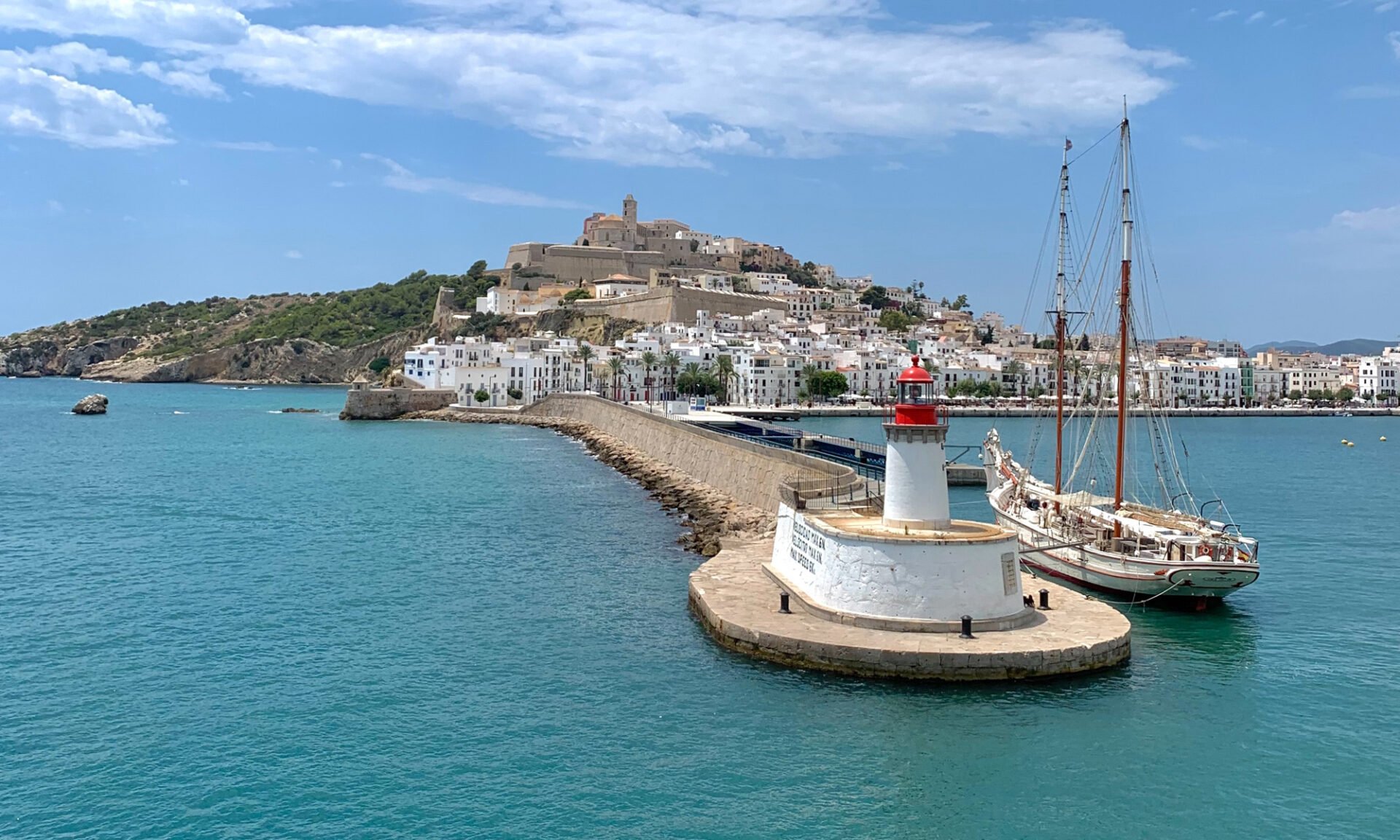IBIZA, EIVISSA, WORLD HERITAGE SITE

The essence of Ibiza lies in the legacy of the various civilisations that have been part of its history.
Its location made it a strategic enclave on the Mediterranean shipping routes (east and west). It was supposedly founded in 654 BC by the Phoenicians. The Phoenician town of Sa Caleta stands out from this period. Its splendor was the result of developing agricultural and commercial activity during the Punic era. The Puig des Molins necropolis, one of the most important Punic representations in the West, dates from this period.
Following the Roman Empire, and the Vandals and Byzantines, the Muslims of Al-Andalus colonised Ibiza. There are still many monumental and cultural representations from this period.
Ibiza’s western legacy originates in the 13th century, when the Renaissance fortress replaced the medieval walls. The 16th-century walled enclosure, Dalt Villa, contains the old city, the Cathedral, the Almudayna Castle and an idyllic and monumental enclave of narrow streets that lead to small, charming squares.
In 1999, Ibiza was declared a World Heritage Site by UNESCO, listing the following enclaves among its cultural and natural treasures: The Puig des Molins punic necropolis, the Posidonia seagrass meadows and the Phoenician town of Sa Caleta.